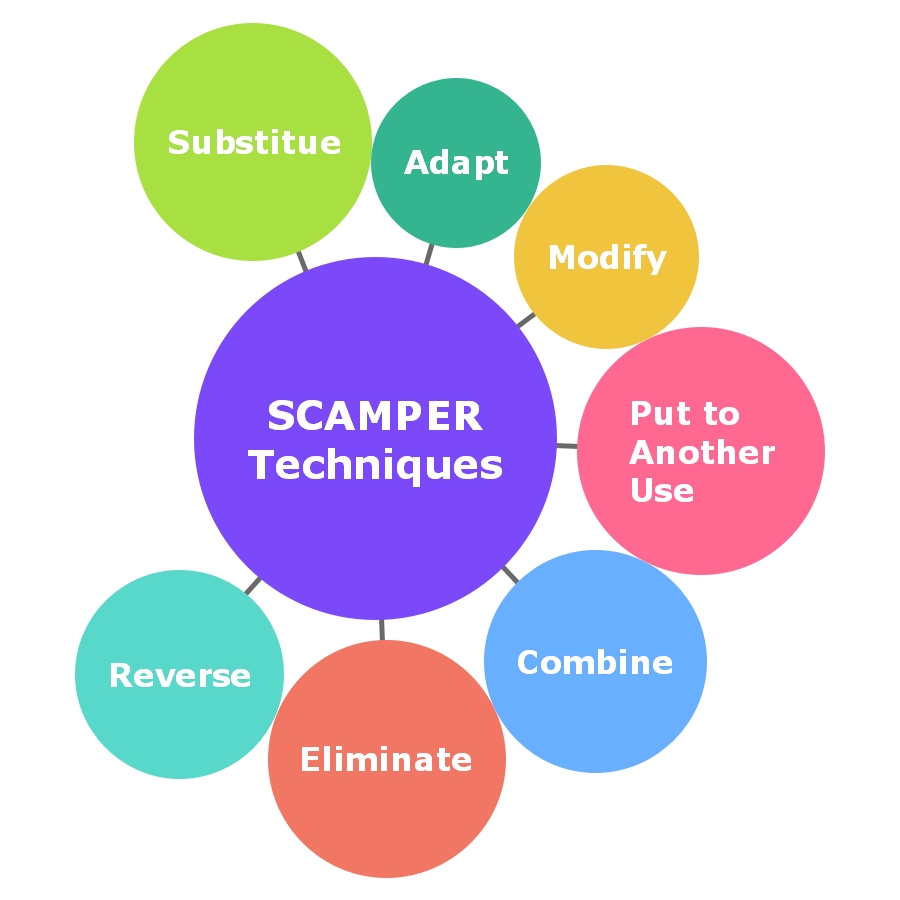The quest for creative solutions to challenges has become an essential skill, whether for individuals, entrepreneurs, or businesses. To stimulate creativity and generate original ideas, the “Ideas Garden” method proposes an innovative approach. It involves sowing “seeds” of ideas and nurturing them into innovative solutions. This method, though seemingly simple, harbors considerable creative potential. Let’s dissect this approach and discover how it can breathe new life into creativity.
Sowing the “Seeds” of Ideas
The first step of the “Ideas Garden” method lies in harvesting ideas. Such ideas can arise from various sources: informal discussions, readings, observations of the world around us, or even in moments of inspiration… The key element here is the ability to jot down these ideas, whether they seem significant or trivial at this stage. Each idea, regardless of its form, represents a “seed.” It has the potential to sprout and become the starting point for a creative solution.
Creating an Environment Conducive to Growth
Like a gardener creates a conducive environment for plant growth, the “Ideas Garden” method requires establishing an environment conducive to idea development. This involves creating time and space for reflection and exploration. It also means seeking sources of inspiration. You must encourage diversity of ideas and be open to new perspectives. This environment fosters the germination of idea seeds. You must cultivate fertile ground for creativity.
Nurturing and Developing Ideas
Once the seeds are sown and the environment is conducive, it’s time to move to the next step: nurturing and developing these ideas. This involves examining each idea more deeply. You need to take the time to explore it from different angles, associate it with other ideas, and refine it. Some ideas, initially unpromising, may reveal their creative potential once developed. This step requires curiosity, perseverance, and a willingness to tackle challenges head-on.
Fostering Collaboration and Sharing
Creativity often thrives in a collaborative environment. The method encourages collaboration and sharing ideas with others. Feedback, perspectives, and contributions from others can enrich ideas, improve them, and make them more relevant. Discussions and idea exchanges with colleagues, friends, mentors, or experts can provide valuable insights, thus contributing to idea growth. Therefore, these meetings must be organized.
Letting Time Work Its Magic
Creativity, as cultivated by this method, needs time to flourish. Ideas may take weeks, months, or even years to fully mature. Some ideas may seem dormant for a while, only to bloom when conditions are optimal. This incubation phase is essential to allow ideas to develop their full potential.
Transforming Ideas into Creative Solutions
The ultimate goal of the method is to transform ideas into creative solutions. Ideas that have been sown, nurtured, and developed can eventually lead to innovative solutions to solve problems. This creation process is dynamic and continuous because each idea can become the starting point for a new or major innovation.
The method represents a powerful tool for encouraging sustainable creativity. It recognizes that creativity is an organic process that can be nurtured but cannot be forced. By allowing ideas to develop naturally, this approach can lead to richer and more innovative creative solutions.
Some Tools and Tips
There are several tools and tips that can be useful. Here are some of them:
- Idea Notebook: Keep a notebook or digital document where you can jot down your ideas as they come to you. Make sure to note even ideas that seem insignificant at this stage. A good idea collection system will help you keep track of your creative “seeds.”
- Mind Mapping: Use mind mapping tools to organize and connect your ideas. Visual mind maps allow you to see the relationships between different ideas, which can be helpful for developing them.
- Time Management: Regularly schedule time in your calendar to cultivate your ideas. This may include dedicated reflection sessions, brainstorming sessions with others, or even a period of downtime where you actively explore new sources of inspiration.
- Creativity Methods: Familiarize yourself with creativity methods such as lateral thinking, design thinking, or the SCAMPER method. These approaches can help you approach your ideas from different angles and discover new perspectives.
- Periodic Reviews: Practice periodic reviews of your ideas. For example, each month, review the ideas you’ve noted over time. Some ideas that seemed uninteresting at one point may become valuable later on.



